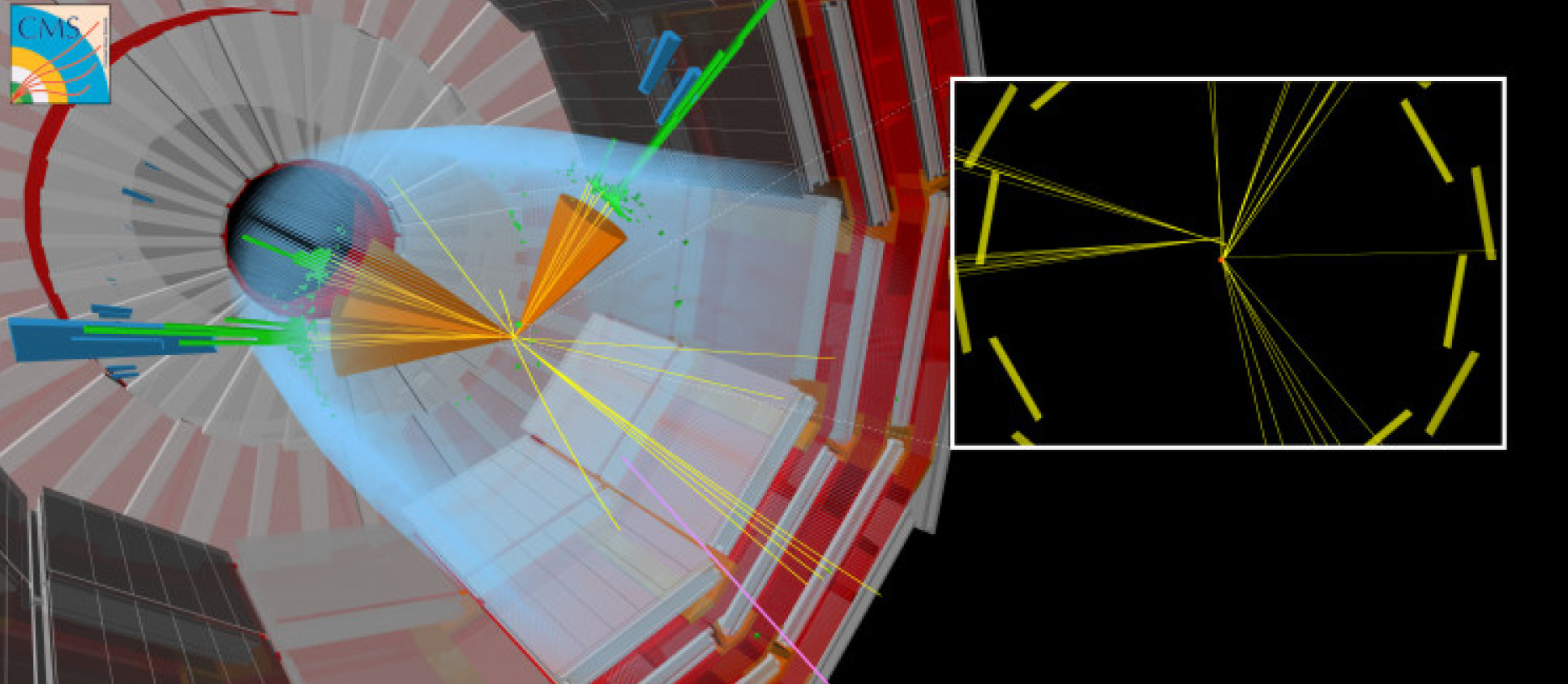Exotic physics is typically used as an umbrella term for an experimental search programme that looks for evidence of rare new physics processes beyond the standard model of particle physics. The programme of Exotic searches within the CMS experiment is very broad and aims to cover as many experimentally viable signatures as possible. Typically, the focus is on non-supersymmetric models, such as Extra Dimensions and mini Black Holes, Dark Matter, Hidden Valley models, extended Higgs models, and Compositeness, to name just a few.
Within the Imperial HEP group, our studies are currently focused on searches involving unusual experimental signatures that may arise from as-yet-unseen Long-Lived Particles. These atypical signatures may arise in many of the data sets collected by the CMS experiment, including some special data sets that are unique to CMS, such as a dedicated “BParking” sample of 10 billion B hadron decays (and potentially new physics processes).
Dr Benedikt Maier is co-convenor of the CMS Exotics physics group (2024-present).
